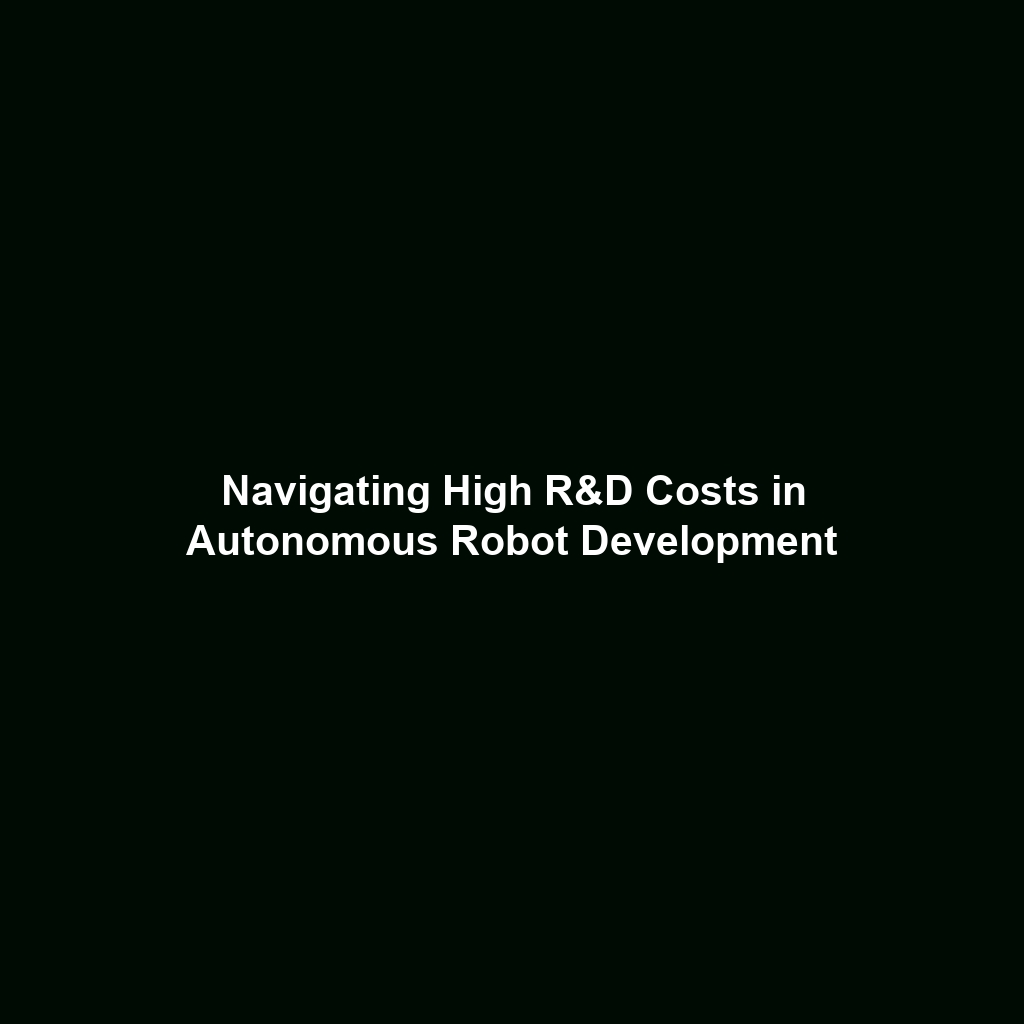Boundary Dam: The First Coal-Fired Power Plant with Large-Scale CCS Capabilities
Introduction
The Boundary Dam in Saskatchewan stands as a landmark achievement in environmental technology, being the first coal-fired power plant to implement large-scale Carbon Capture & Storage (CCS) capabilities. This pivotal development signifies a substantial step toward reducing greenhouse gas emissions while maintaining energy production from fossil fuels. As global concerns about climate change escalate, advancements like those at Boundary Dam illustrate the potential for CCS technology to play a critical role in the transition to cleaner energy sources.
Key Concepts
Understanding Carbon Capture & Storage (CCS)
Carbon Capture & Storage is a process aimed at capturing carbon dioxide (CO2) emissions produced from the use of fossil fuels in electricity generation and storing it underground to prevent it from entering the atmosphere. The Boundary Dam facility integrates CCS into its operational framework, demonstrating key concepts such as:
- Capture: The process of capturing CO2 emissions before they are released into the atmosphere.
- Transport: The transport of captured CO2 to a storage site through pipelines.
- Storage: Injecting CO2 underground in geological formations, such as depleted oil and gas fields.
Applications and Real-World Uses
The implementation of CCS at the Boundary Dam not only highlights its pioneering role but also demonstrates various practical applications:
- Emissions Reduction: Boundary Dam captures approximately 1 million tonnes of CO2 per year, contributing significantly to emissions reduction in the region.
- Enhanced Oil Recovery: The captured CO2 is utilized for enhanced oil recovery, boosting oil production while simultaneously storing CO2 underground.
- Research and Development: As a unique case study, Boundary Dam offers valuable insights for future CCS projects globally.
Current Challenges
Despite its advancements, Boundary Dam faces several challenges and limitations in the realm of Carbon Capture & Storage:
- High operational and maintenance costs associated with CCS technology.
- Public perception and acceptance of CCS projects.
- Regulatory and policy frameworks that may limit further CCS developments.
Future Research and Innovations
Looking ahead, research and innovation related to Boundary Dam’s CCS technology may lead to significant breakthroughs:
- Next-Generation Technologies: Advancements in materials and processes may enhance the efficiency of CO2 capture.
- Integrated Energy Systems: Research is ongoing into integrating CCS with renewable energy sources for a hybrid approach.
- Global Replication: The feasibility of replicating Boundary Dam’s model in other coal-dependent regions is under evaluation, providing insights for global CCS implementation.
Conclusion
In conclusion, the Boundary Dam in Saskatchewan represents a significant milestone in the field of Carbon Capture & Storage. Its role as the first coal-fired power plant with large-scale CCS capabilities serves as a guide for future initiatives aimed at reducing carbon emissions. Interested readers are encouraged to explore further on the potential of CCS by visiting CCS initiatives worldwide and understanding more about renewable energy solutions.





